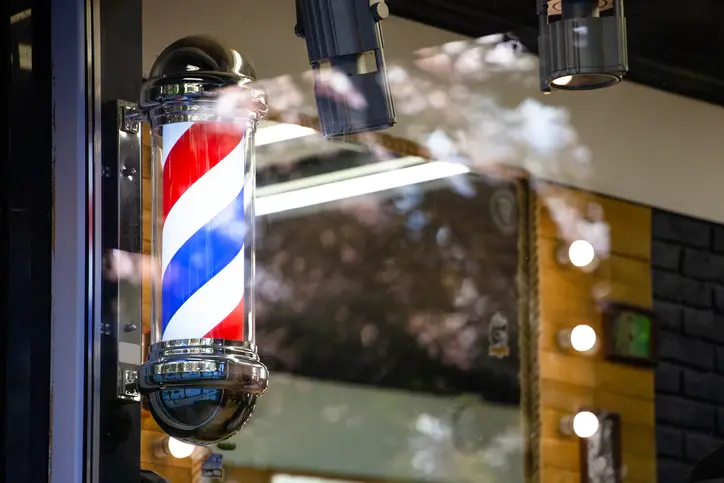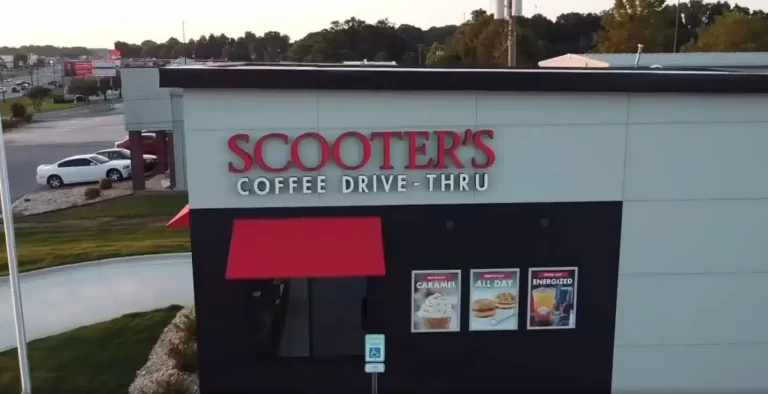How Much Money Do Barber Shop Franchises Make?
Is it worth investing in a franchised barber shop?
What are Barber Shop Franchises?
You don’t need a franchise to open a barber shop in a random strip mall. However, many entrepreneurs do elect to go with a brand name franchise. Many owners come from outside the barber shop business and rely on the operating guidelines that a franchise will provide.
They also like working with an established brand name that potential customers and employees have heard of. Finally, they count on the joint marketing such as radio or TV campaigns that various stores in one market can contribute to, in order to spread the word and build the brand.
There are numerous barber shop franchises. These include your basic cost-focused providers such as Supercuts and Great Clips. The included themed barber shops like Sports Clips, or barber shops that sell alcoholic beverages like Scissors & Scotch or Diesel Barbershop. They also include barber shops targeting the higher end of the market such as V’s Barbershop and Floyd’s 99.
Barber shop franchises provide some combination of services to their owners in exchange for an upfront franchise fee and ongoing royalty fees.
Most people who own barber shop franchises come from completely outside the industry. Some own other small businesses and others still work corporate jobs for Fortune 500 companies.
What Services do Barber Shop Franchisors Provide to their Franchisees?
The national company will provide certain services to their franchisees. This varies by franchise, but some of the services might include: the brand name, the concept including operating manuals, consulting services to help you get up and going and later to operate the business, and site selection.
Other services may also include: help managing lease negotation as well as build-outs and tenant improvements, joint marketing with other franchise owner in the same market or state, and forums to share best practices and get questions answered by other franchise owners.
Royalties and co-op advertising fees combined typically total around 7 to 10% of gross revenues.
The Location Itself is a Major Expense Item
In a world where many businesses have gone virtual, it’s easy to overlook how expensive it is to run a business that depends on its physical location. Rent, as well as any upfront costs expended on tenant improvements, is a major cost driver.
It’s usually preferable to have your landlord give you a tenant improvement (TI) allowance in order to build out the space. You can then spread out the cost through rent payments over the course of the lease. If not, you might have to spend as much as $100,000 or more upfront in order to build out the space.
Even if you pay for the build-out yourself, you are still probably looking at anywhere from $5,000 to $15,000 per month for a typical lease.
One thing to note is that while you might want to be in an “A” level shopping center, you don’t necessarily need an “A” location. Most of your business comes from recurring customers so you don’t need the very best spot in the center. You aren’t reliant on impulse buyers or hungry people that haven’t decided where they want to eat.
You also want some stability, so ideally you could sign a 5 or 10 year lease with options for you to extend.
Paying Your Barbers
Someone working fast food nowadays is making at least $15 per hour, and barbers are obviously going to want to make more than that. At a minimum, they have completed extensive training throught their state board of cosmotology in order to be able to legally cut hair.
Ideally, you would like the best barbers with a big book of repeat customers to have the ability to make $80,000 to $90,000 per year. Someone like that is going to be paid on straight commission and needs to average a couple of hair cuts every hour they work.
Entry level people just out of school, on the other hand, are more likely to be paid around $15 per hour plus a much lower commission, perhaps 20%.
Another thing to remember is that higher end customers tip well, and that extra $5 to $10 per hair cut can really add up for the barber.
All in all, your barbers will make somewhere around 50% of your total revenue.
Barber Turnover Differences
A franchise targeting the lower end of the market, such as Great Clips, might have barber turnover approaching 70% per year. These types of business are more reliant on walk-in customers and generally are chasing a higher volume at a lower cost.
A franchise targeting the higher end customers is going to have much lower turnover. These barbers will have repeat business that set up regular appointments. You end up with a more predictable income stream, but you may spend more money up front in order to have a location that fits into this type of business model.
Bring in More Money
Charging $20 to $30 for a hair cut is fine, but you need to have other ways to bring in revenue. This includes charging for things like a hot shave, a shampoo, moustache trim, blow dry, facial and massage, etc.
Additionally, you can make money selling hair care products as well as other merchandise. It could be everything from t-shirts to sports collectibles or artwork on the walls.
The Bottom Line
Someone buying a barber shop franchise should not invest a single dollar unless they are confident they can get a double digit return on their money, and more likely, they should make sure the pro-forma ROI is at least 20-30%. But paying yourself back for what you invested is just part of the picture.
You are in the barber shop business to make money, not just to pay yourself back.
Franchise companies will only give you a range for certain items such as revenue and cost of build-out (e.g. our median location generates $500,000 in revenue). They will never give you a complete profit and loss statement.
Because of this, you need to reach out to existing franchise owners and see if they will share with you their own P&L, or even just a few expense numbers or ratios to work with.
Your biggest variable cost is paying your barbers. Beyond that, many costs like lease cost, are fixed. Plug in all the fixed costs, and then make a reasonable assumption about how much of each revenue dollar goes to the barber. From there, you will be able to see how much you need to generate in revenue in order to get a sufficient profit.
We’ve talked to barber shop franchise owners that expect to make $0.20 net income for every $1.00 that comes into the register. Others might be happy at $0.10. (Keep in mind that many franchisees own multiple stores).
Seems like a reasonable expectation that someone bringing in $500,000 in revenue should make $100,000 in net income. However, that is anything but guaranteed. It is going to take a combination of smart business decisions, extreme attention to detail, smart hiring decisions, good timing and even some luck to get there.
That being said, do your due diligence and commit yourself to make your barber shop franchise a success. Believe in yourself!


